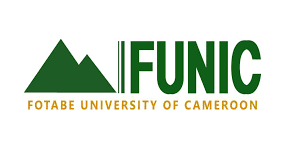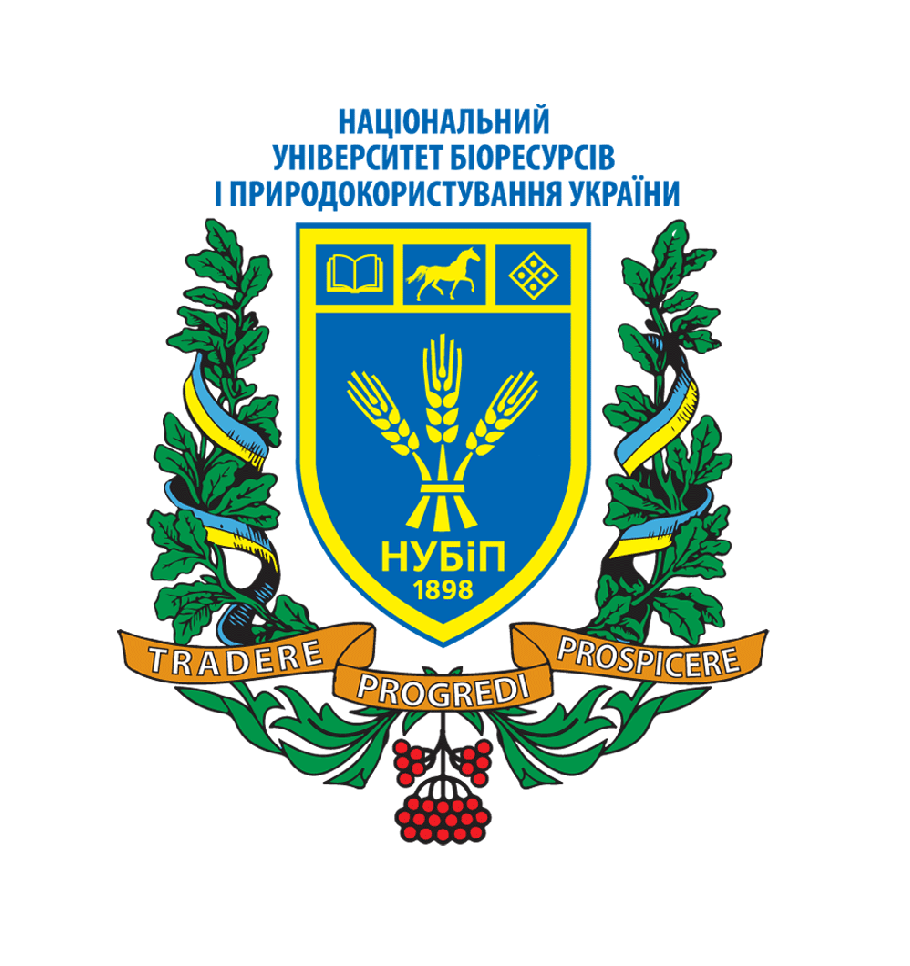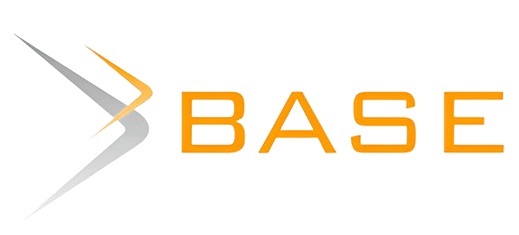Second order extended ensemble Kalman filter with stochastically perturbed innovation for initializing artificial neural network weights
Mots-clés :
Bayesian method, Convergence time, Non-linaer filtering, Non-linear state space dynamic modelsRésumé
Artificial neural networks are widely applied in solving non-linear state-space dynamic models, yet the challenge of inaccurate initial weights remains a critical bottleneck. Weight initialization methods significantly influence convergence speed and model efficiency. While conventional approaches such as random initialization and filtering techniques are commonly used, the Bayesian method—though highly accurate—suffers from the computational burden of inverting highdimensional matrices. This study has developed a novel solution: the Second Order Extended Ensemble Filter with Perturbed Innovation (SoEEFPI). Developed from a second-order Taylor expansion of the stochastically perturbed KushnerStratonovich equation, SoEEFPI provides a tractable numerical solution to the inverse covariance matrix problem. Validation is conducted using the Lorenz63 system, comparing SoEEFPI’s performance to that of the Kalman-Bucy Filter (SoEKBF) and the First Order Extended Ensemble Filter (FoEEF) in MATLAB. Furthermore, SoEEFPI is employed to initialize neural network weights, yielding a new model whose convergence time, RMSE, and epoch count are evaluated. Results demonstrate improved convergence efficiency and accuracy, positioning SoEEFPI as a robust alternative for neural network initialization.
Publiée
Comment citer
Numéro
Rubrique
(c) Tous droits réservés Cavin Oyugi Ongere, David Angwenyi, Robert Oryiema 2025

Ce travail est disponible sous licence Creative Commons Attribution - Pas d’Utilisation Commerciale 4.0 International.
Articles les plus lus par le même auteur ou la même autrice
- Samuel Wesonga Usolo, Annette Okoth, David Angwenyi, Modeling the effect of devolution on youth unemployment rates in Kenya using autoregressive integrated moving average - intervention model , African Journal of Empirical Research: Vol. 6 No 3 (2025): Jul-Sep 2025
- Michael Musyoki, David Alilah, David Angwenyi, Application of the Vector Autoregressive Model Incorporating New Measurements Using the Bayesian Approach , African Journal of Empirical Research: Vol. 4 No 2 (2023): Jul-Dec 2023
- Owen Mulinya Kizito, David Angwenyi, Duncan Oganga, Solutions of navier stokes equations for dam break problem in two dimension using finite element method , African Journal of Empirical Research: Vol. 6 No 3 (2025): Jul-Sep 2025
- Lucian Talu Mayabi, David Angwenyi, Duncan Oganga, Stochastic modelling of predator–prey dynamics in a three-patch ecosystem , African Journal of Empirical Research: Vol. 6 No 3 (2025): Jul-Sep 2025
- Kevin Midenyo, David Angwenyi, Duncan Oganga, Second Order Extended Ensemble Filter for Non-linear Filtering , African Journal of Empirical Research: Vol. 5 No 4 (2024): Oct-Dec 2024























